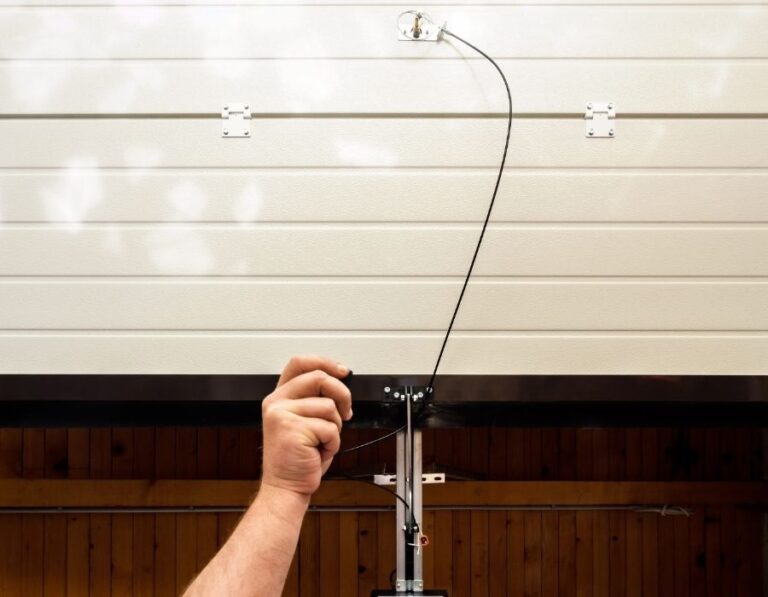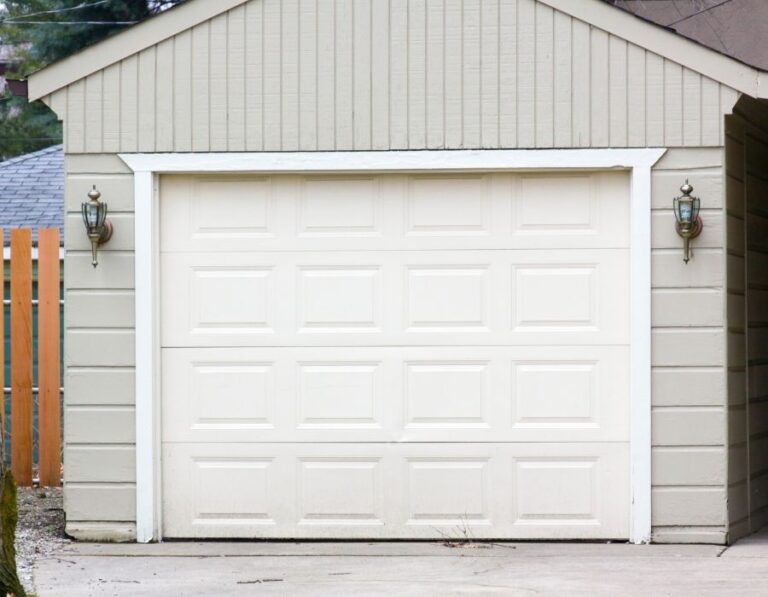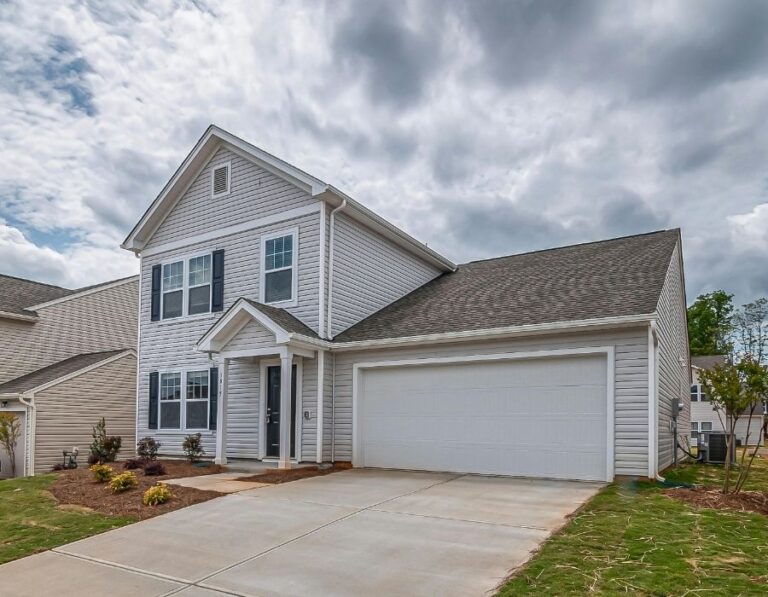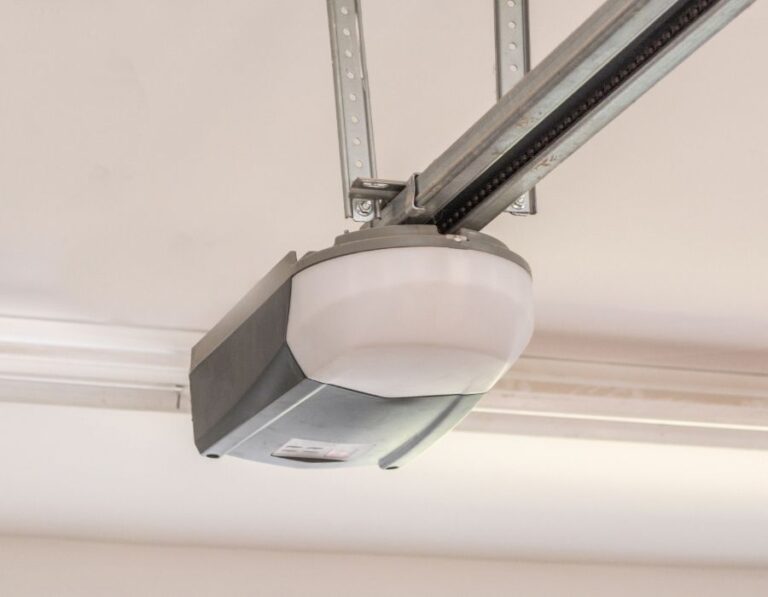How Weather Affects Your Garage Door and What You Can Do About It
Your garage door is one of the largest moving parts of your home, and it faces constant exposure to the elements. From scorching summer heatwaves to freezing winter storms, weather conditions can have a significant impact on your garage door’s functionality, durability, and lifespan. In this blog, we’ll explore how different weather conditions affect your garage door, answer commonly asked questions, and provide actionable solutions to keep your garage door in top shape year-round.
The Hidden Impact of Weather on Your Garage Door
Garage doors are often overlooked until something goes wrong—like getting stuck on a freezing winter morning or refusing to close during a torrential downpour. But weather changes play a far bigger role in your garage door’s performance than you might realize. Fluctuating temperatures can cause metal parts to expand or contract, affecting alignment and smooth operation. Humidity can lead to rust on metal components or warping in wooden doors, while constant exposure to rain and UV rays wears down weather stripping and seals over time. Each season brings its own unique set of challenges, and understanding these subtle yet significant impacts is key to preventing malfunctions and extending your garage door’s lifespan.
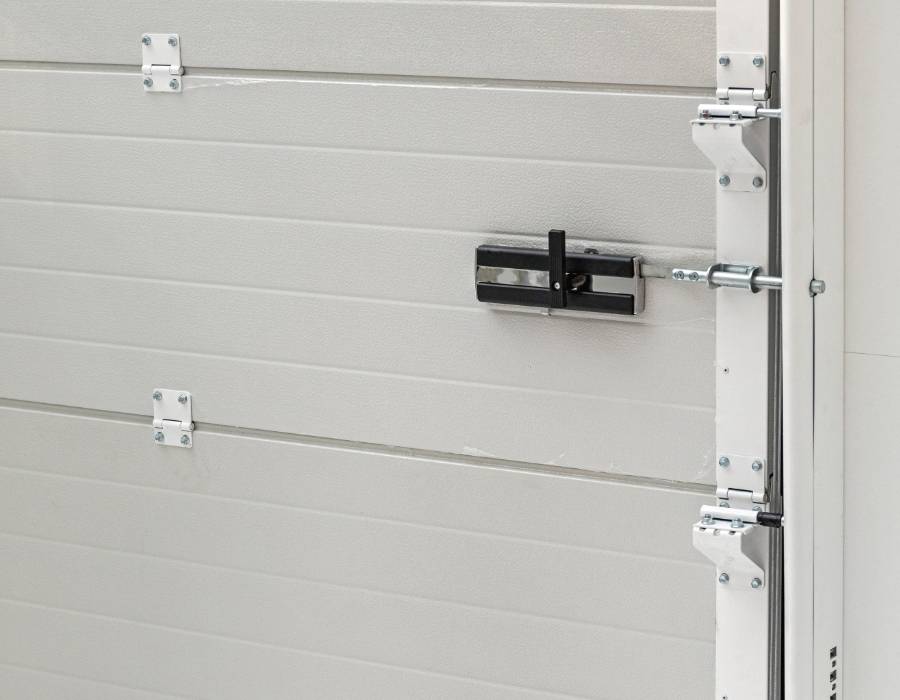
How Different Weather Conditions Affect Your Garage Door
1. Extreme Heat and Sunlight
High temperatures can wreak havoc on your garage door, causing metal components to expand, which may lead to misalignment, noisy operation, or increased wear and tear on the opener. Prolonged exposure to sunlight can also damage weather stripping, fade paint, and cause wooden doors to warp or crack.
Solution:
Regularly inspect and lubricate metal components to reduce friction and ensure smooth operation, especially during heatwaves. For wooden doors, apply UV-resistant paint or sealant to protect against sun damage and fading. Additionally, check and replace worn-out weather stripping to prevent hot air from entering your garage, keeping the space cooler and reducing strain on your HVAC system.
Staying proactive during hot weather not only preserves your garage door’s functionality but also helps maintain its appearance and energy efficiency year-round.
2. Freezing Temperatures and Snow
Cold weather poses unique challenges for garage doors, as metal components contract in freezing temperatures, increasing the risk of broken springs, stiff rollers, or difficulty in smooth operation. Additionally, snow and ice buildup can obstruct the tracks or create resistance along the door’s path, making it harder to open or close properly.
Solution:
Regularly clear snow and ice buildup from the tracks, rollers, and around the door’s edges to prevent obstructions. Use a garage door lubricant specifically rated for cold weather to keep metal components moving freely without freezing up. Install or inspect a garage door bottom seal to prevent drafts, reduce snow entry, and protect against icy buildup under the door.
Quick Fact: Garage door springs can lose up to 25% of their lifespan in freezing climates if they are not properly maintained and lubricated. Staying on top of winter garage door care ensures reliable performance, even in the coldest months.
3. High Humidity and Rain
Excessive moisture from high humidity and frequent rain can wreak havoc on your garage door, especially if it’s made of wood. Wooden doors are prone to swelling, warping, or even rotting when exposed to persistent moisture. Meanwhile, metal components such as springs, cables, and tracks are vulnerable to rust, which can weaken their integrity and lead to malfunctions. Additionally, poorly ventilated garages can become breeding grounds for mold and mildew, creating both structural and health concerns.
Solution:
Apply a moisture-resistant sealant to wooden garage doors to protect against swelling and warping. In garages prone to high humidity, consider installing a dehumidifier to regulate moisture levels and prevent mold growth. Regularly inspect metal components for signs of rust and treat affected areas immediately with a rust-inhibiting spray or cleaner.
Consistent moisture control measures will not only extend the lifespan of your garage door but also help maintain a clean, safe, and functional space year-round.
4. Strong Winds and Storms
Strong winds and storms are a garage door’s worst enemy, putting immense pressure on its structure and components. The force from high winds can cause dents, misalignment, or even catastrophic structural failure, especially in older or poorly reinforced doors. During hurricanes and severe storms, a compromised garage door can lead to significant damage to your home’s interior due to sudden pressure changes and flying debris.
Solution:
Reinforce your garage door with wind-resistant braces to provide additional structural support during high-wind events. Upgrade to heavy-duty tracks and rollers that can withstand stronger forces without bending or coming loose. Ensure your garage door complies with local wind-load building codes, especially if you live in hurricane-prone areas.
Quick Fact: Garage doors are considered one of the most vulnerable points in a home during hurricanes, making proper reinforcement not just a precaution, but a necessity. Investing in wind-resistant upgrades can mean the difference between a secure home and extensive storm damage.
Frequently Asked Questions (FAQs)
Actionable Tips for Garage Door Weatherproofing
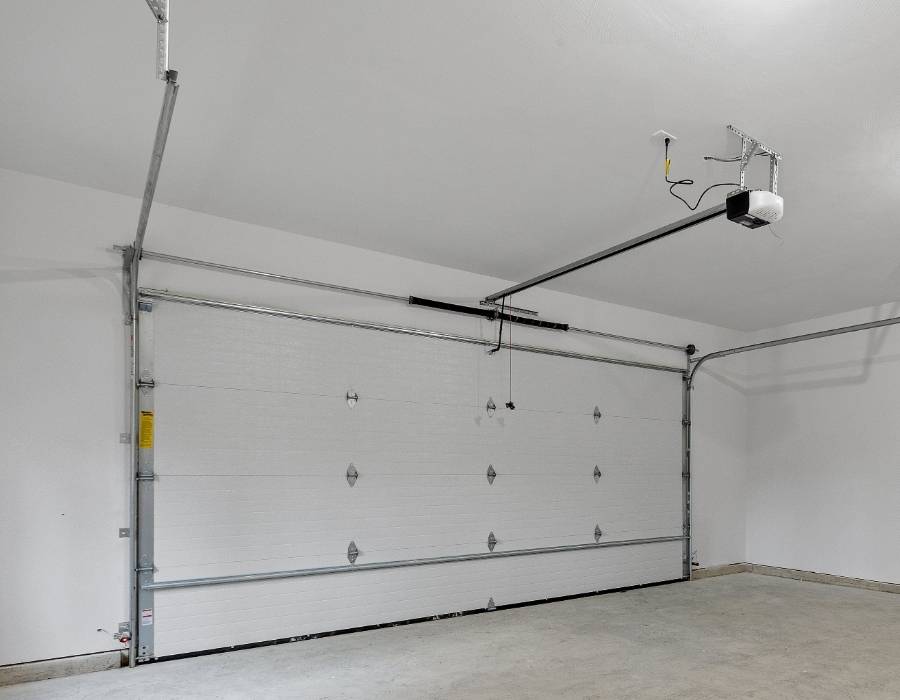
Proper weatherproofing isn’t just about keeping your garage door functional—it’s about protecting your home, saving on energy costs, and preventing long-term damage caused by weather conditions. Here are some actionable tips to keep your garage door ready for any season:
Weather Stripping: Replace worn-out weather stripping annually to ensure a tight seal against drafts, moisture, and pests. This simple step helps maintain temperature control and prevents water damage.
Lubrication: Regularly apply a silicone-based lubricant to moving parts, such as hinges, rollers, and springs, to prevent rust, reduce friction, and keep the door operating smoothly—even in extreme temperatures.
Insulation: Consider upgrading to an insulated garage door to improve thermal regulation, reduce energy costs, and minimize the impact of temperature fluctuations on your garage door’s components.
Reinforcement Kits: In areas prone to high winds or storms, install reinforcement braces or wind-resistant hardware to prevent structural damage and ensure your door can withstand extreme conditions.
Routine Checks: Perform regular inspections of rollers, tracks, panels, and cables to spot early signs of wear, rust, or misalignment. Catching these issues early can prevent costly repairs.
Weatherproofing your garage door is a small investment with significant benefits, offering protection, efficiency, and peace of mind throughout the year.
Protect Your Garage Door, Protect Your Home
Your garage door is more than just an entry point—it’s a critical barrier that protects your home and belongings from harsh weather. By understanding how different weather conditions affect your garage door and taking preventative measures, you can ensure smooth operation and extend its lifespan.
Don’t wait for weather damage to disrupt your daily routine. Invest in seasonal maintenance, quality materials, and expert inspections to keep your garage door resilient year-round.



